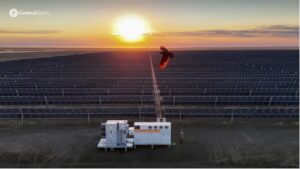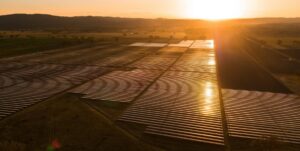New South Wales, Western Australia, South Australia, Victoria and the Australian Capital Territory have the most supportive policies for the deployment of energy from waste and bioenergy projects, the Clean Energy Finance Corporation has found.
CEFC Bioenergy Sector lead Henry Anning, who is addressing the Bioenergy Australia 2016 Conference in Brisbane today, says CEFC research has identified these states as having policy settings and levies that create an incentive for businesses to recycle waste and reduce operating costs.
“The states, which have imposed higher levies on landfill waste, are providing the right environment for investment in energy from waste projects,” Mr Anning said.
Across Australia, the CEFC has identified new investment opportunities of up to $3.3 billion in energy generation from urban waste.
The CEFC’s latest Market Report – Energy from Waste in Australia: a state-by-state update – demonstrates that with around 23 million tonnes of urban waste sent to landfill annually, there is a significant opportunity for energy from waste to play a role in generating renewable energy while diverting waste from landfill.
The CEFC has found that, depending on feedstock used, generating electricity and heat from bioenergy and waste resources is largely cost competitive with other new-build energy generation.
However, the technologies which are extensively deployed in Europe and across America have not yet been widely adopted in Australia.
“While the scope for generating electricity from waste is relatively small as a share of total electricity generation, it can provide a baseload power source while reducing emissions and it can meet local energy needs through recovering value from landfill waste,” Mr Anning said.
The CEFC is looking to accelerate deployment of energy from waste technologies through finance for individual projects, as well as through equity investment.
“On the debt front, we work directly with projects for amounts greater than $10 million. For smaller projects we work through co-financiers. Earlier stage projects may be eligible for finance through the Clean Energy Innovation Fund,” Mr Anning said.
“On the equity side, the CEFC has committed $100 million as a cornerstone investment in the Australian Bioenergy Fund, managed by Foresight Group, which is in the final stages of raising additional equity and has a strong pipeline of projects.”
The CEFC considers a range of factors when looking to invest in energy from waste projects, including:
• the technology involved
• where the feedstock for the plant will come from
• if the project has a customer who has contracted to take the energy produced
• whether there is a substantial equity component secured from a quality sponsor
• suitable construction and operation and maintenance arrangements.
“There’s an opportunity here for larger local councils, which are more likely to have significant urban waste volumes, to turn their trash into an energy treasure,” Mr Anning said.
About the Bioenergy Australia 2016 Conference
Bioenergy Australia 2016 is being held at the Mercure Brisbane in Queensland from Monday 14 November to Tuesday 15 November with a technical tour on Wednesday 16 November. The conference attracts Australian and international delegates and promotes awareness and understanding of bioenergy as a sustainable energy source. Learn more at www.bioenergyaustralia.org









